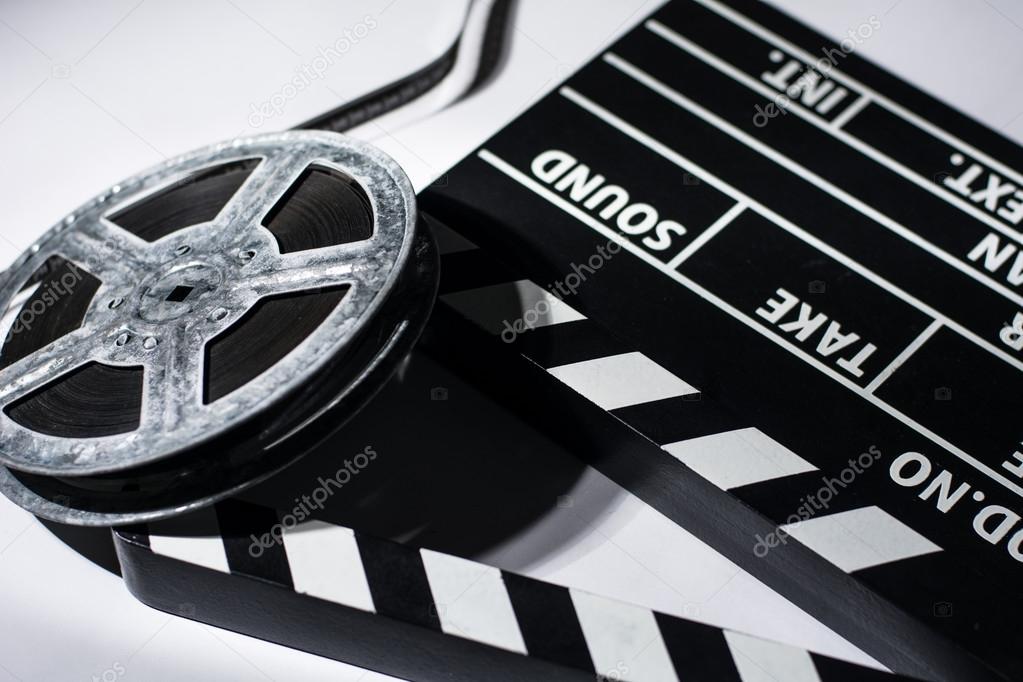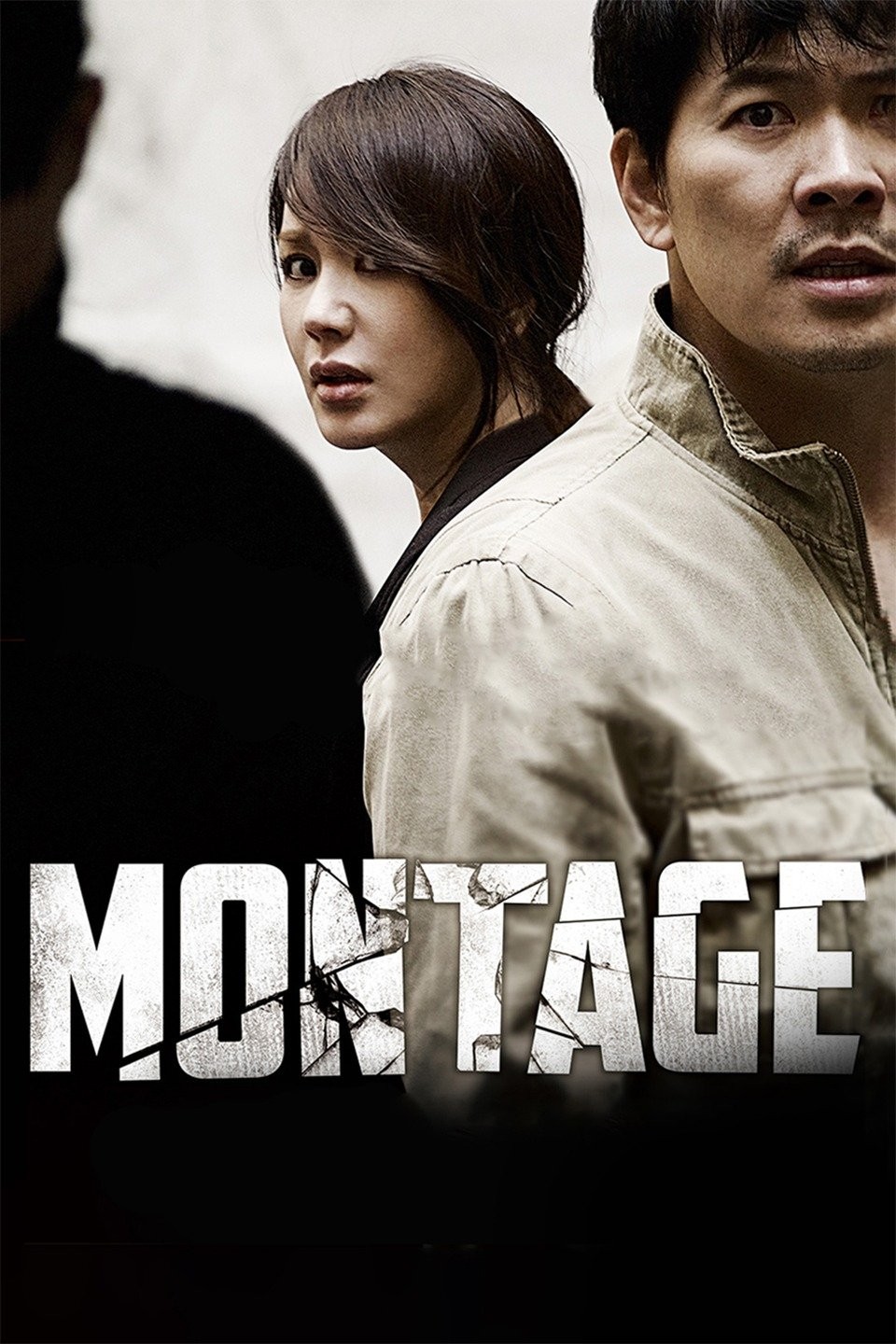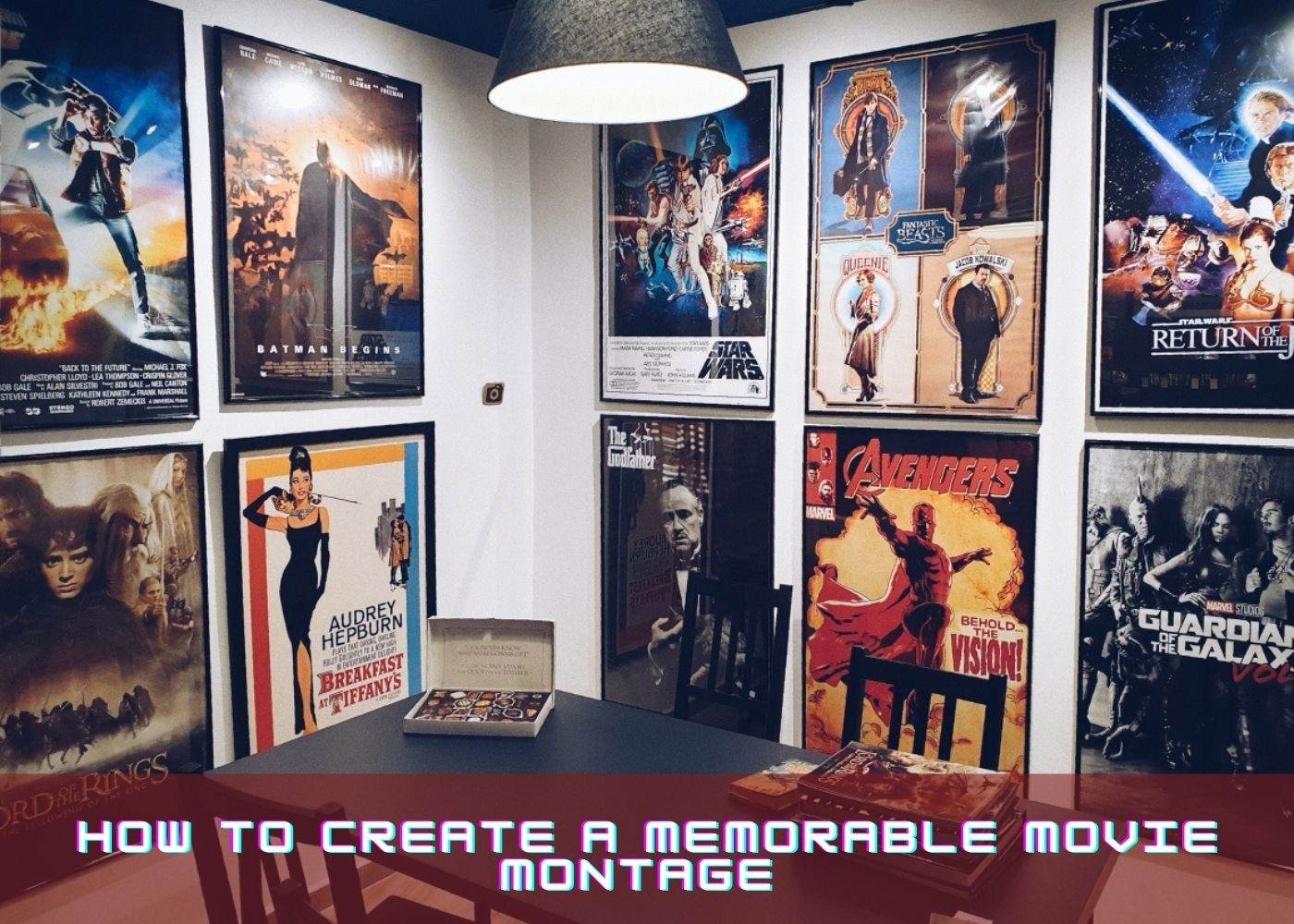What is a Montage in Film Making?
What is a Montage in Film Making?: Have you ever observed how in a matter of minutes movies can illustrate months of training, growth and collapse of empires or a character’s life journey? This is montage magic. The powerful editing technique shrinks time, intensifies feelings, and conveys complicated stories quickly and efficiently. Montage is one of the significant elements in filmmaking as is evident in the training scenes in Rocky and the moving story in Up.
What makes them effective? In what ways do they hold our attention and inspire emotion? In this blog “What is a Montage in Film Making?”, we explore the concept of montage by analyzing its categories, benefits, and how to produce them effectively. So, let’s take a closer look at the phenomenon of cinematic montages which will be very useful to develop your skills in filmmaking.

Overview of Montage in Film

Montage comes from a French word meaning “assembly” or “editing”, it represents shots arranged together that reduce space, time and information. Typically, during film production a montage involves many brief shots linked together to represent passage of time, story development or convey a certain mood or concept.
This method was popularized by early Soviet filmmakers like Sergei Eisenstein and therefore has become part of cinema language known for its ability to produce forceful dynamic sequences.
Why a Montage is Important to Film?

Montages are important in filmmaking for several reasons:
- Narrative Efficiency: Montages are useful for film directors and can compress the time of long time or complicated procedures into a few minutes on the screen.
- Emotional Impact: Montages involve juxtaposing different shots and scenes, thereby evoking strong emotional responses that result in powerful cinematic experiences. Mood may be heightened with this technique, tension might be increased or even a scene made more crucial.
- Visual Rhythm: Montages help to lend dynamism and variety to storytelling within movies. They break up the regular narrative sequences and bring out a new visual and emotional tempo.
- Expository Tool: Through montages, one does not necessarily need lengthy explanations as they could just show background information or set up a context about something. Thus, they offer quick visual contexts without much verbal or narration talk.
Discover Multifarious Benefits of Using Montages in Film Production
Montage is one of those great techniques that differentiate good films from great ones since it enhances their narrative content while boosting their emotional impact. Condensing time frames, boosting emotions and building up narratives through montages are some key benefits that accrue from using them.

- Engaging Storytelling: Montages add interest to the film and the information being provided as it offer a quick easy manner to present information. This makes it easier to grasp their message and keep the audience’s attention engaged as they switch from one image to the next in quick intervals.
- Creative Freedom: This allows filmmakers, for example, to adapt different looks and feels, use any music and impose any editing on several sequences. It enables people to express themselves and come up with unique ways of presenting stories.
- Economic Storytelling: Montages are useful in that they can condense numerous actions or occurrences into a very brief period. It can be used to communicate complex information with a minimum of shooting and set-up time.
- Enhanced Pacing: Montages can regulate the tempo of a movie, provide more information at certain moments or slow down the plot. They serve as a way to either intensify the situation or reduce it, based on the sequence set by the author and the role of the sequence in the conflict.
Various Types of Montage to Make Your Video Better

There is a wide range of different montages, each designed to fulfil a specific storytelling purpose. These are some types of the most popular montages used in filmmaking:
| Metric Montage | The content of the shots does not matter since this kind of montage is dependent on a strict numerical pattern or rhythm for its edits. |
| Rhythmic Montage | These types of edits are made based on visual and auditory rhythms within shots that create pace and movement. |
| Tonal Montage | Their choice depends on emotions within the screenplays ensuring that the cuts match with mood and atmosphere depicted in the scenes being screened. |
| Overtonal/Associational Montage | To achieve more complex emotional or thematic effects, it combines metric, rhythmic and tonal montage elements. |
| Intellectual Montage | It seeks to establish intellectual relations between different shots, often contrasting unrelated pictures to expose subtler meanings or themes. |
| Collision Montage | To provoke ideas in viewers’ minds or create tension/crisis feelings among them through opposing/conflicting images |
| Hollywood Montage | This is commonly used in mainstream cinema where time and events are compressed into short series of shots/images accompanied by music to maintain storytelling momentum. |
| Montage Sequence | Sustained camera movements involving a montage of brief cuts can be utilized in a production to depict the passage of time or the development of events. |
Top 7 Keys to Creating a Memorable Cinematic Montage

Planning, creativity and attention to detail are crucial factors for a successful montage in Film Making. The following steps go through the process:
- Know the Purpose: To observe your montages’ success and understand what it should do. You could want to illustrate the passage of time, create anticipation or show a recurring theme.
- Select Appropriate Music: Montages use music as an important ingredient. Select the right music for your sequence that is in harmony with pace and theme.
- Visualize Your Shots: Narrate your sequences on paper in the form of a storyboard. This is meant to allow for continuity between them and ensure that they do not seem to end suddenly.
- Make Use of Visual Transition Tools: Some of them are wipes, fades or simple cuts between shots to give them a more logical and unbroken flow.
- Rhythm and Speed: Look at the speed of shooting; as scenes vary from one another you may wish to slow some down or quicken others based on musicality or intended emotions.
- Focus on Visual Storytelling: Any shot used in this collection must carry its weight towards expanding the overall plot line. Exclude all such words that only add length to stories but do not add more substance to them.
- Editing Techniques: These techniques include cross-cutting, match cuts and superimposition can be used to make good montages that are full of energy and activity.
Conclusion
Montages are one of the more effective elements in the filmmaker’s toolbox, able to compress time, elicit an emotion, and enrich a story. The knowledge of the classifications of montages, and how they can be constructed will enable the filmmaker to use this technique in forming an effective film. If you want to emphasize the flow of time, stress the theme, or create anticipation, a montage should become the highlight of your movie.


